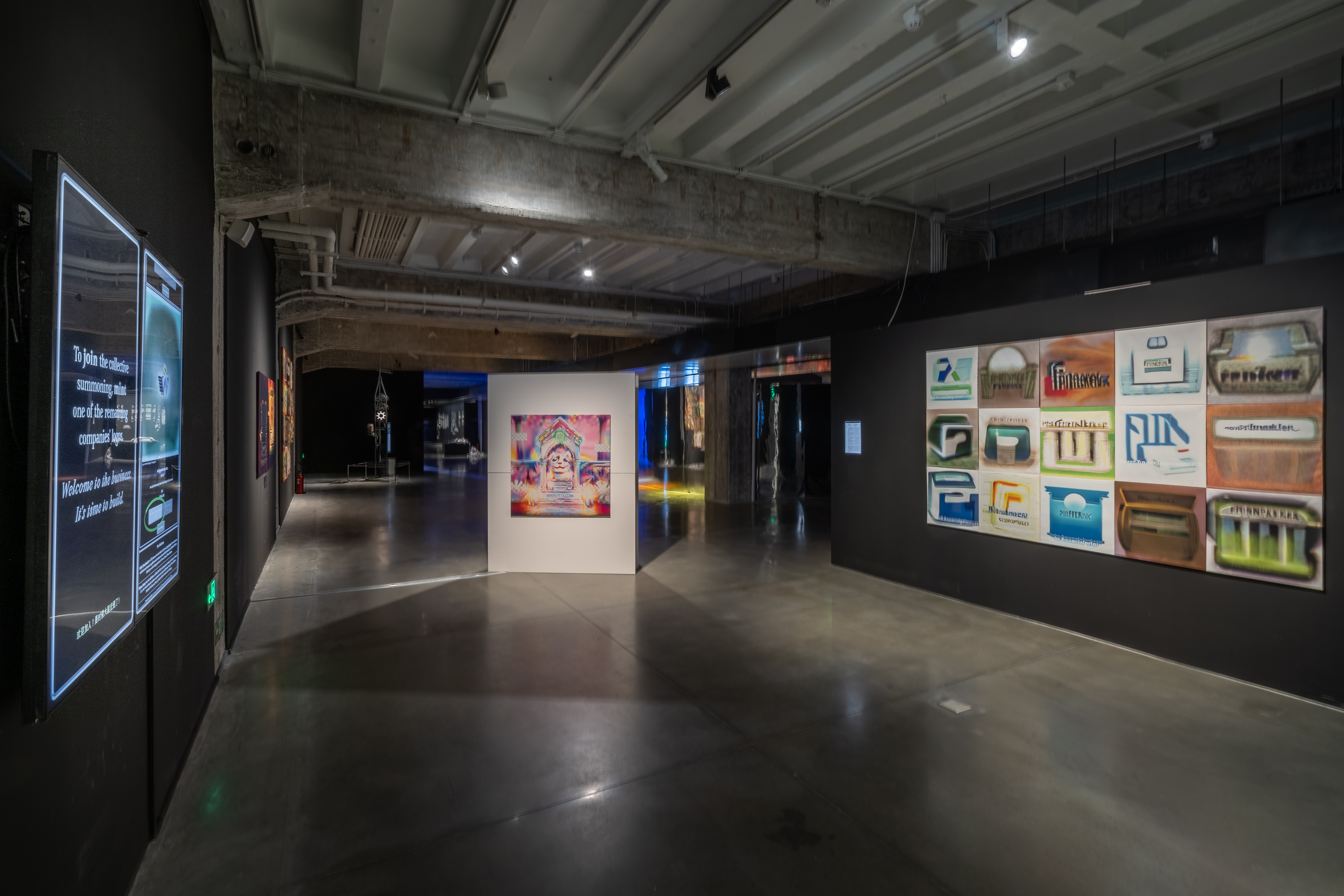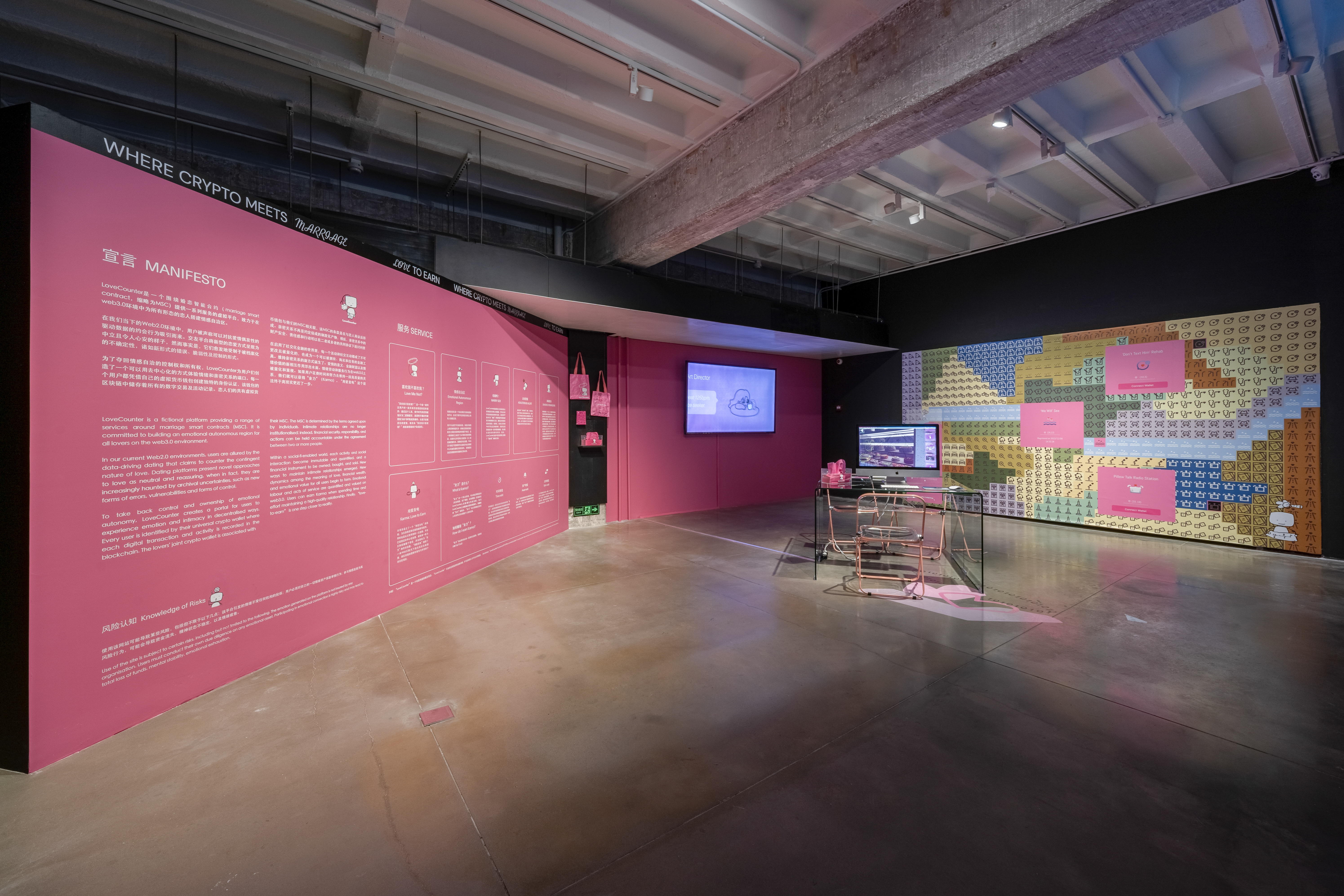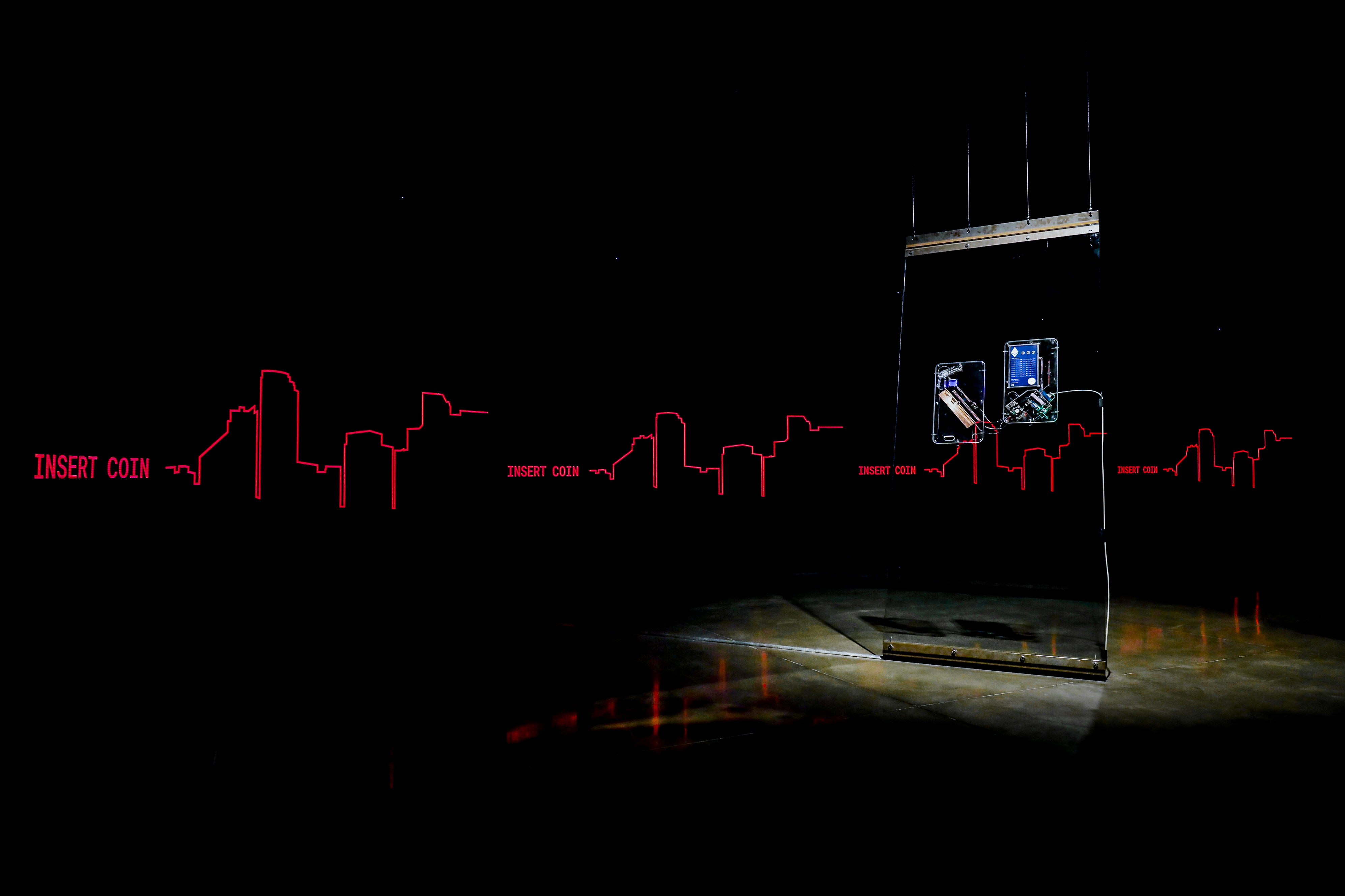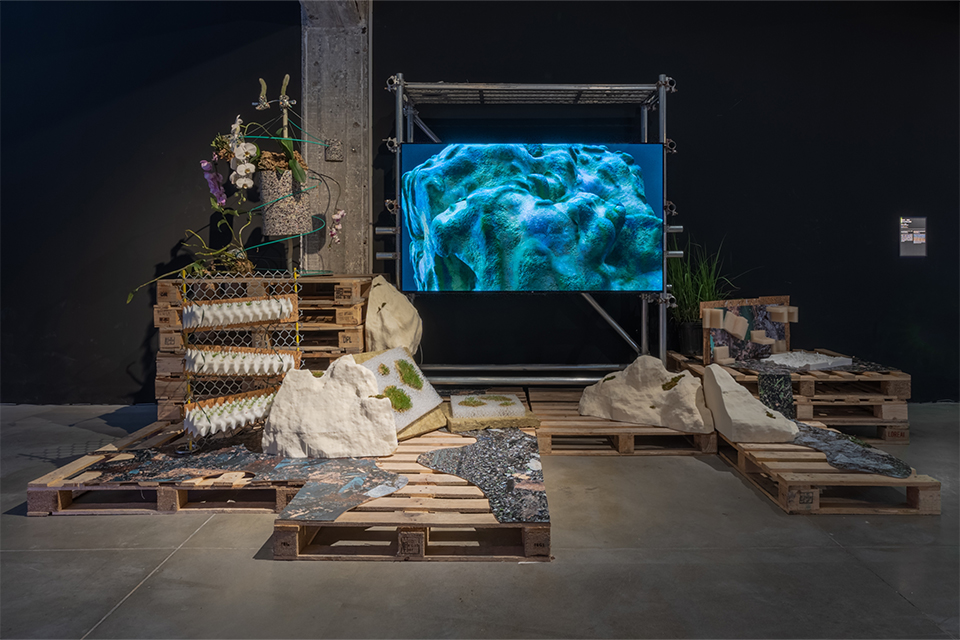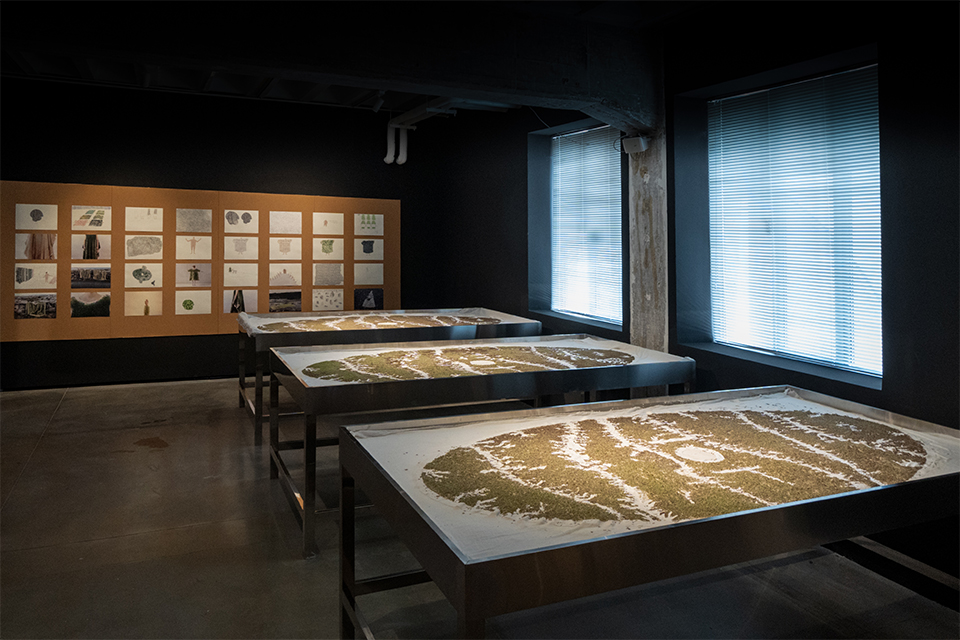Hyundai Blue PrizeArt + Tech 2022
Disruptive Futures
Hyundai Blue Prize Art + Tech 2022 will engage the theme of “Disruptive Futures.” The prize will continue to engage sustainability and diversity in order to foster a global discussion concerning our shared future. Through art practice we intend to create a collective discussion on the forms of planetary scale action and types of technology that need to be created in order to insure a more equitable, healthy, and resilient future.
Hyundai Blue Prize Art + Tech 2022 is seeking curators and humanists to reflect upon the urgency of the present and to rethink the role of disruptive technologies in order to envision our possible futures.
Awardees
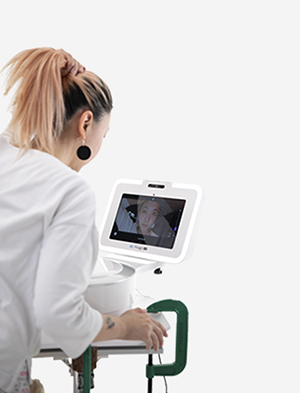
BI Xin
BI Xin's curatorial plan, Time After Time: The Polychronicity in Blockchain, reconsiders the forks of time and the poetry of technology, through three parallel networks of time – Chimera, Energy, and Spime. Chimera Time (Algorithm – Time) explores the probabilistic nature of time in the context of technology itself. Energy Time (Ecology – Time) sorts out the circular chain of temporality capital-consensus mechanism-computing power-natural resources-technology-time. Spime (Social Connection – Time) merges time and space into one, exploring the trajectory of political, emotional, and community connection in the hybrid of space and time, and the connections and interventions between the virtual and real worlds. The internal logic of technology itself may be singular, but the artistic, creative, imaginative, and emotional elements make this logic complex and fascinating. Perhaps the artistic disruption of technology is the force required to escape linear time.
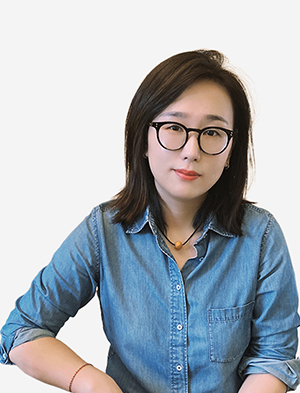
XING Diane
The balcony is a living space that we are familiar with in our daily life. It is a place for residents to breathe fresh air, dry clothes and display potted plants, and a space close to nature. Everyone is carrying out the greatest creativity in this small space.
The balcony is not only the connection between the individual and the society, but also the synthesis of human and nature, it links to both urban life and nature, and it is a space of individuality accompanied by sociality. The exhibition takes an imaginary “Future Balcony” as a blueprint, conceives a “balcony landscape” that people autonomously built with future technologies - a landscape of post - human life. It is like a research lab, where artists become “nutrition converters,” “material makers,” “garden planters” and “stargazers.” They are rooted in the live life, use technology and nature to build the future ecology.
This exhibition does not want to talk about science, technology and the future stereotypically, but wants to use a way which familiar to the audience, in a more life – oriented way, to invoke the sensory experience and cognition of the audience, and quickly enter the narrative of the exhibition, and then entering into the discussion of future life and the relationship between human and nature, and deepening people`s imagination of the future, maybe this is the effective way to “disruptive futures.”
Finalists
-
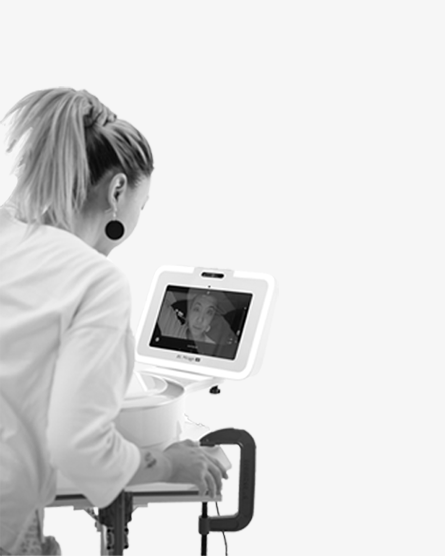 BI Xin
BI Xin -
 CHEN Yu & Tseng Yiwen
CHEN Yu & Tseng Yiwen -
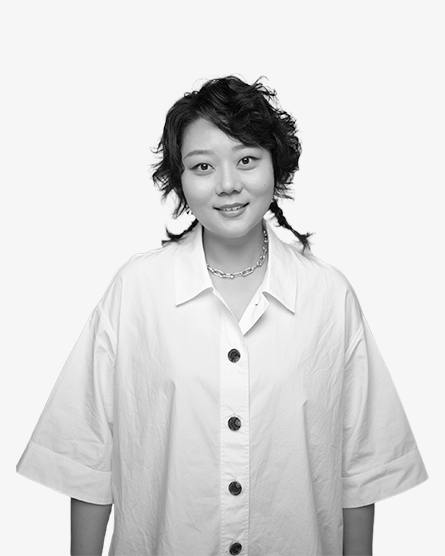 HONG Yun
HONG Yun -
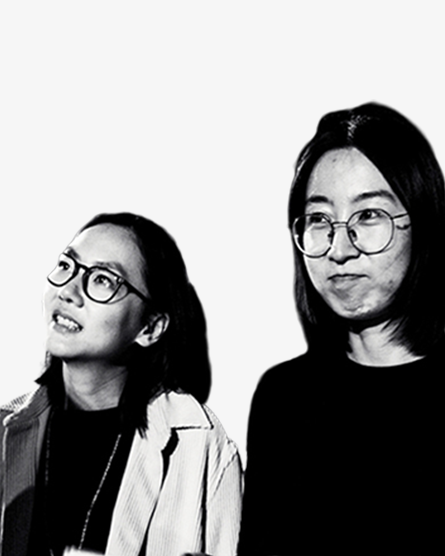 MIAO Zijin & DAI Xiyun
MIAO Zijin & DAI Xiyun -
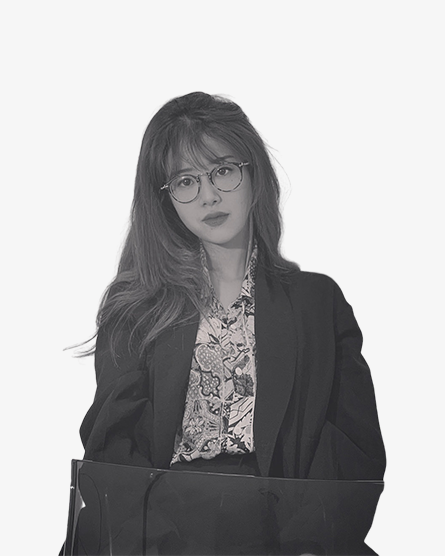 WANG Shuman
WANG Shuman -
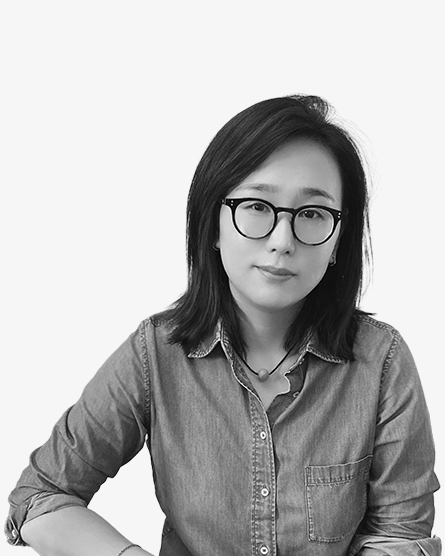 XING Diane
XING Diane
Junior Juries
-
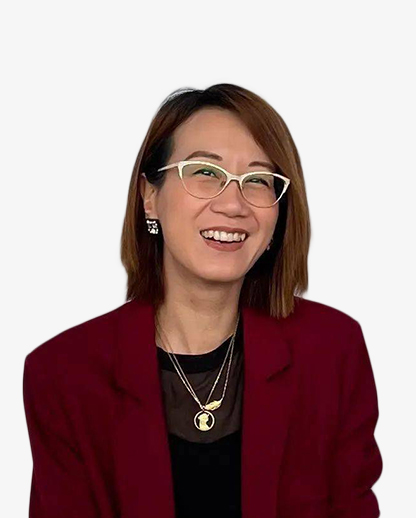 CAI Nikita YingqianDeputy Director and Chief Curator at Guangdong Times Museum
CAI Nikita YingqianDeputy Director and Chief Curator at Guangdong Times Museum -
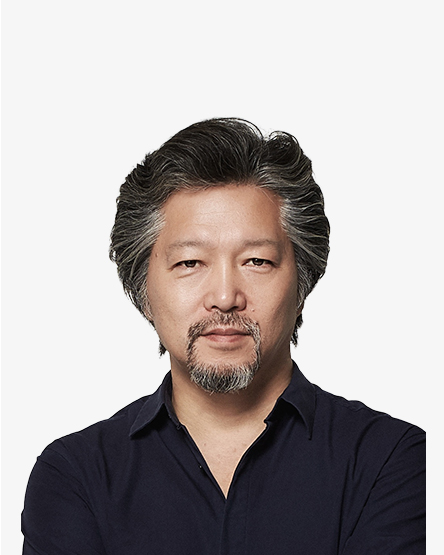 LIU XiaoduThe Director of Pingshan Art Museum
LIU XiaoduThe Director of Pingshan Art Museum -
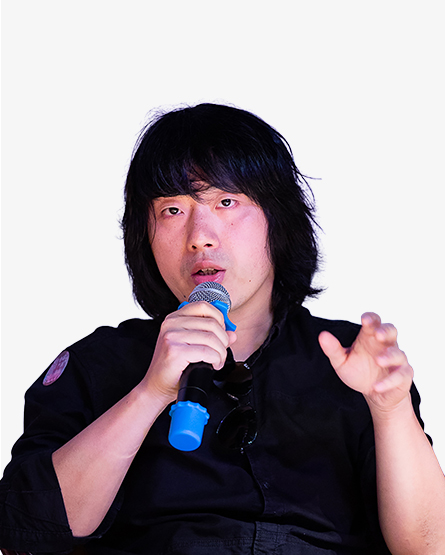 LIU TianPh.D, Curator, Creator.
LIU TianPh.D, Curator, Creator. -
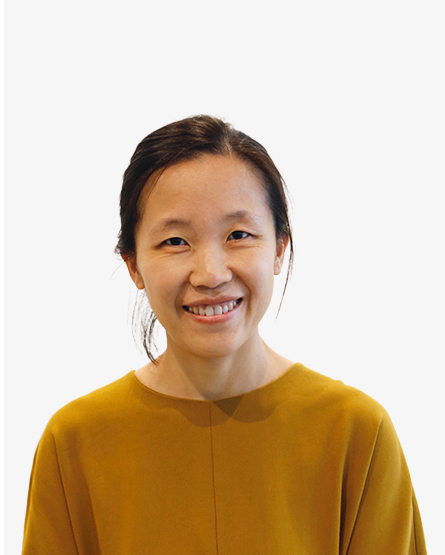 LU Carol YinghuaDirector of Beijing Inside-Out Art Museum
LU Carol YinghuaDirector of Beijing Inside-Out Art Museum -
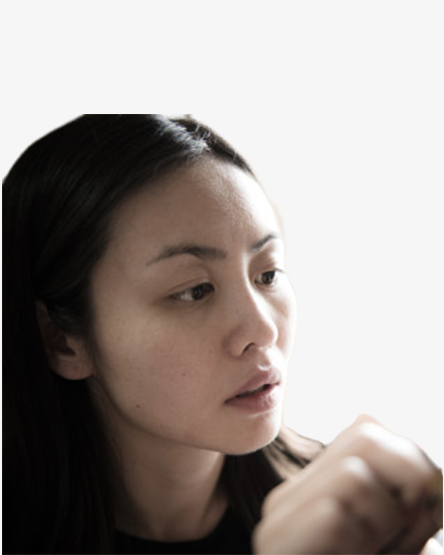 XU VivianAssistant Professor of Media and Art at Duke Kunshan University, Co-Founder of Dogma Lab
XU VivianAssistant Professor of Media and Art at Duke Kunshan University, Co-Founder of Dogma Lab -
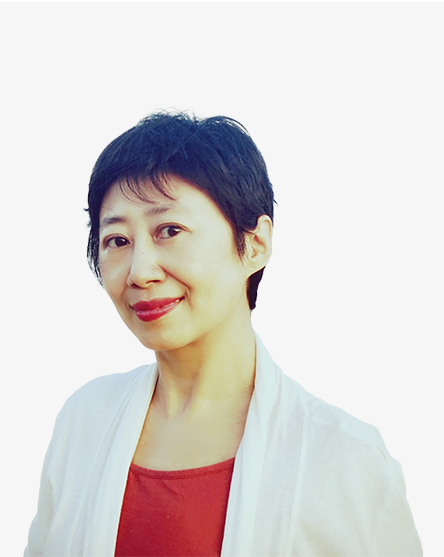 YU MiaArt historian, Author and Researcher of the Afterall Exhibition Histories series at Central Saint Martins, UK
YU MiaArt historian, Author and Researcher of the Afterall Exhibition Histories series at Central Saint Martins, UK -
ZHANG HaitaoCurator, Art Critic, Chief Editor of Arts Archives Website
-
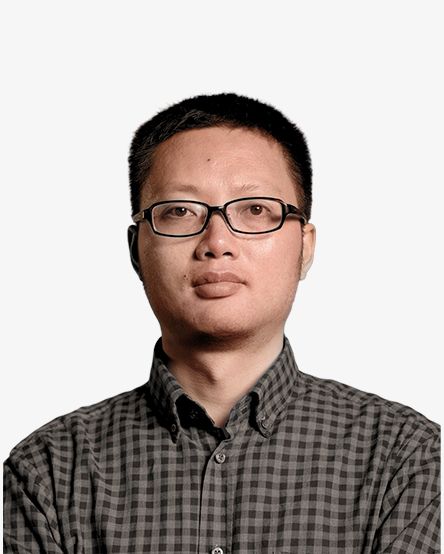 ZHANG LieAssociate Professor, Doctoral Supervisor of School of Fine Arts at Tshinghua University, Leader of Interactive Media Art Design Institute
ZHANG LieAssociate Professor, Doctoral Supervisor of School of Fine Arts at Tshinghua University, Leader of Interactive Media Art Design Institute
Senior Juries
-
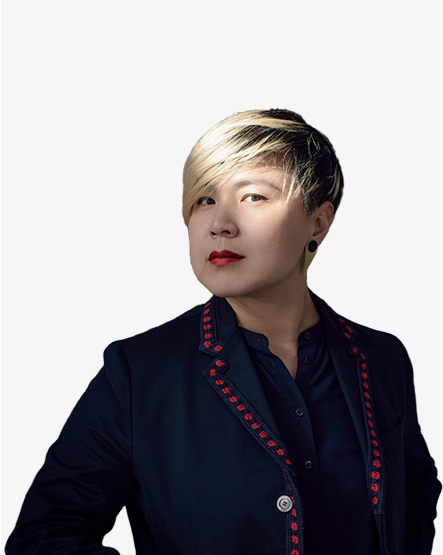 CAO FeiArtist
CAO FeiArtist -
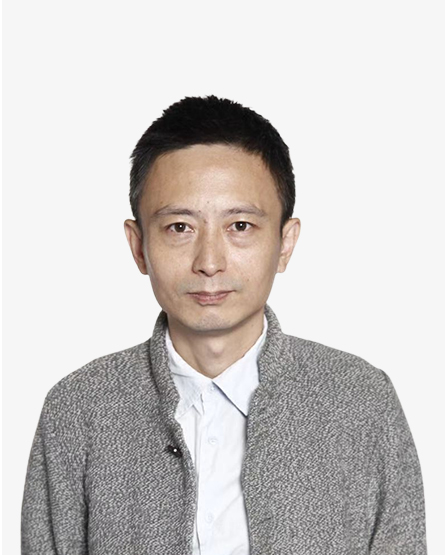 FEI JunProfessor, Art and Technology
FEI JunProfessor, Art and Technology
program, School of Design, China Central Academy of Fine Arts. Founder & Creative Director, MOUJITI ART+TECH -
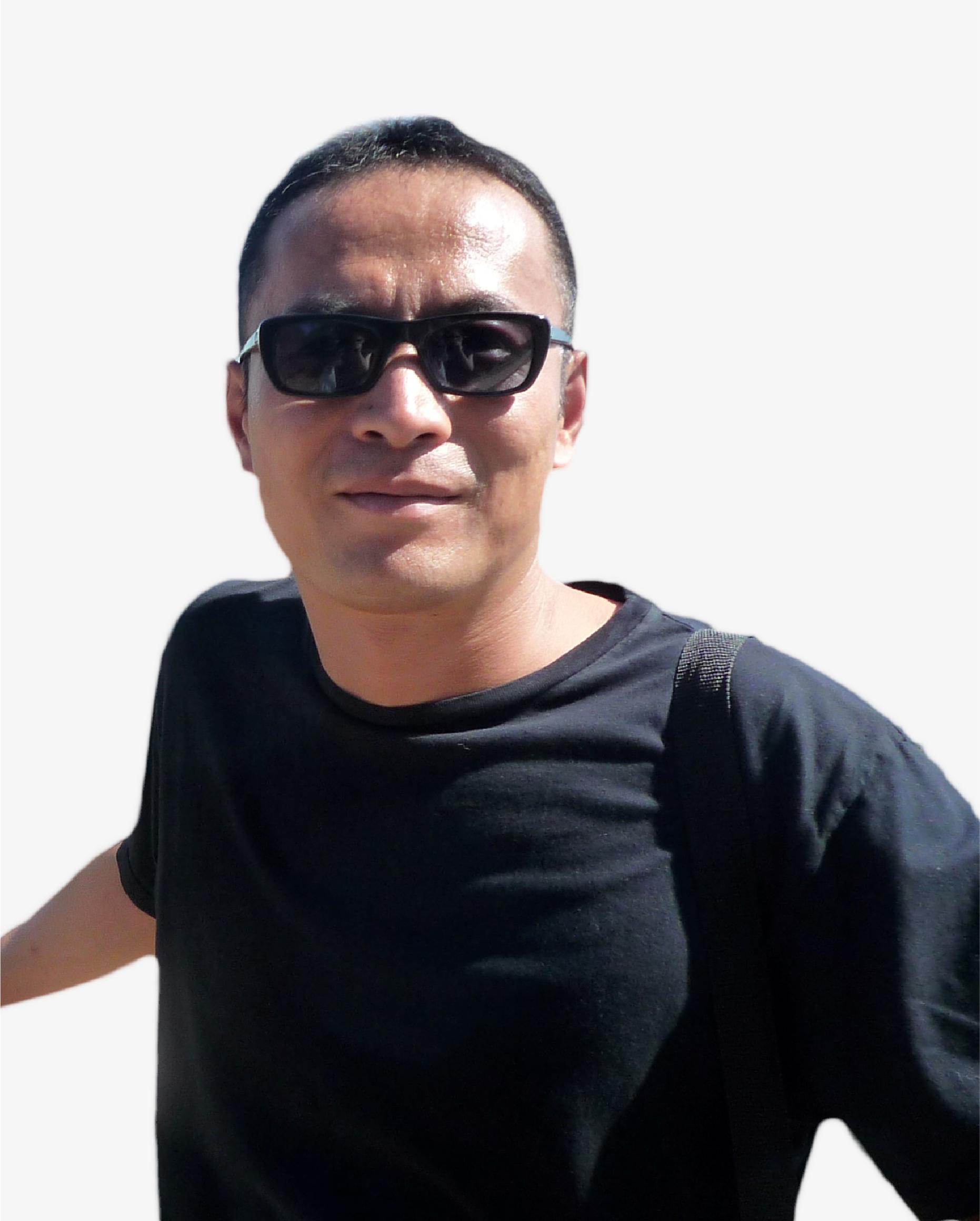 ZHANG GaDistinguished Professor and Vice Dean of the Institute of Sci-Tech Arts, China Central Academy of Fine Arts
ZHANG GaDistinguished Professor and Vice Dean of the Institute of Sci-Tech Arts, China Central Academy of Fine Arts -
 Christiane PaulAdjunct Curator of Digital Art, Whitney Museum of American Art
Christiane PaulAdjunct Curator of Digital Art, Whitney Museum of American Art -
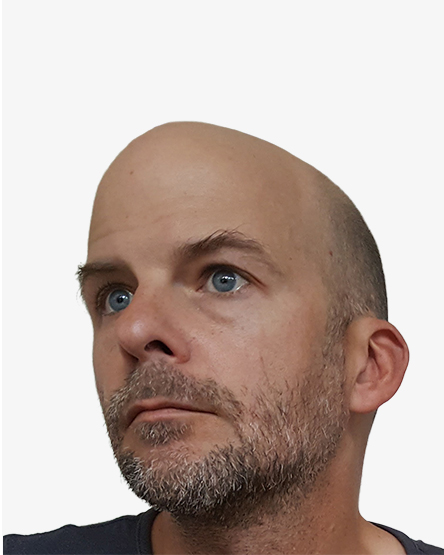 Joel FerreeProgram Director of Art & Technology Lab, Los Angeles County Museum of Art
Joel FerreeProgram Director of Art & Technology Lab, Los Angeles County Museum of Art -
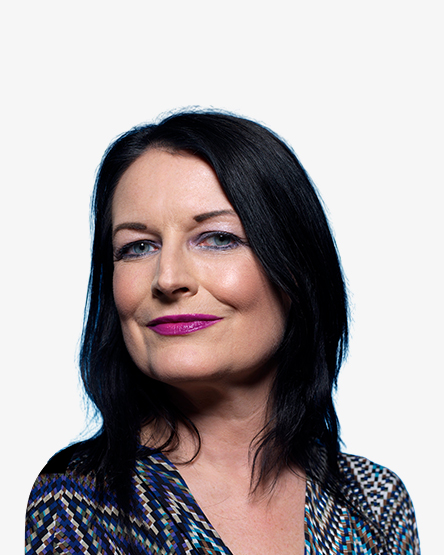 Ghislaine BoddingtonCreative Director of body>data>space. Reader in Digital Immersion at University of Greenwich
Ghislaine BoddingtonCreative Director of body>data>space. Reader in Digital Immersion at University of Greenwich
Time After Time: The Polychronicity in Blockchain 2022.11.17 - 2023.03.31
Over the past two years, our subjective experience with time has drastically changed due to the COVID-19 pandemic, becoming an elastic existence throughout which its insufficiency has been paused, folded, extended, and regressed. In many cases, these situations have had a negative impact, however, in other ways, they have constituted positive implications. They have not only reminded us that humans are not the only agents of history, but have also given us a sense of topology in time. The global precision of time, as driven by computers and networks, accurately standardises the rhythms of modern life, with power being cashed out in temporal standardisation. In an era of “no future,” how can we understand the latency, differ- ences, and repetition of time? How can we re-consider time beyond metrics and computation? How can we perceive the traces left behind by technology in the spacing of time? Starting with block time, this exhibition attempts to search for a new timeframe based on the reference of blockchain, a data space impregnated with a topological arrow of time. Using three parallel networks of time -- Chimera (#prore- gression #myth #dream), Energy (#incentives #sustainability #power), and Spime (#order #circulation #consensus), this exhibition delves into the temporal, social, and political order, the construction of consensus mechanisms, the circulation of energy and emotion, and the temporal slippages in technology time, in search of the forks of time and the poetry of technology. Chimera Time (Algorithm-Time) explores the probabilistic nature of time in the context of technology itself. The present in the blockchain is chimeric, however, since there is no central authority in the network, it is possible to find a valid block from different peers simultaneously. The two different blocks will very likely differ in their content and contain two different histories, though both are equally valid. This is when probabilistic choices occur; the future does not exist, but is rather grown into the block universe, between the past and present. Energy Time (Ecology-Time) sorts out the circular chain of temporality-capital-consensus mechanism-computing power-natural resources-technology-time. It also explores how we can dialectically observe the tension and link between technological development and ecological sustainability. Spime (Social Connection-Time) merges time and space into one, exploring the trajectory of political, emotional, and community connections in the hybrid of space and time, and the connections and interventions between the virtual and real worlds. The projects featured in this exhibition explore the continued cyber time and discrete block time from the intersection of computer science, distributed technology, social relationship structures, and literature. The probabilistic nature of block time creates a new dimension for how we can ponder the possibilities of time. Discrete blocks of time give birth to perpetual forks toward innumerable futures, thought on the other hand, such distributed structures do not automatically create an equal distribution of wealth and power. The realisation of transparency and equality that blockchain technology advocates, as well as the vision of a posthuman economic prototype it proposes, still depend on complex participation, experimentation, and collaboration. At the same time, we still need to consider the question of sustainability, since if we cannot balance technological developments and ecological consumption, there is the concern that we will eventually run out of time. The internal logic of technology itself may be singular, but artistic, creative, imaginative, and emotional elements make this logic complex and fascinating. Perhaps the artistic disruption of technolo- gy is the force required to escape linear time.
Balcony of the brave-Nutrition, materials, and future ecology 2022.04.27 - 2022.08.28
What has always been vivid in my memory is the balcony of my grandma’s house. It was stacked like a treasure chest with all kinds of things, abundant yet orderly: food, materials, tools, and green plants, were all presented here, and it was also the home space where my family and I could easily observe the sky.The balcony is a living space that we are most familiar with in our daily life, a place for residents to breathe fresh air, dry clothes, and place potted plants; it is bonded to both tre and nature, an individual space accombanied by sociality. This exhibition takes an imaginary “future balcony” as a blueprint. conceiving a “balcony landscape” -- a post-human living landscape, where people create independently through ruture technology. It is like a research laboratory for people: they convert nutrition,create living materials and build “ecology” here. A balcony is a place where technolody and nature unite to create, also a future life scenario constructed with local technology. Confronting a geologica epoch in which a new intelligence and ecology evolve together, James Lovelock, who proposed the Gaia Hypothesis, envisions that Cyborg and Gaia will jointly govern the earth for the first time. The “balcony” as a metaphor, symbolizes the ecology created by technology and nature, life and non-life, reflecting an epitome of human life in the future, which will be a huge system of nature and machine hybridization. Nowadays, we need to rethink the relationship between technology and ecology. The synthesis of technology and environment constitutes its own beginning and the corresponding autonomy; we could reconsider this beginning, or place it in a suitable cosmic reality. Donna J. Haraway proposed the notion of “Staying with the Trouble.” And with “Chthulucene,” the other concept, Haraway hopes to help us “learning to stay with the trouble of living and dying ni response-ability on a damaged earth;” to inspire us to abandon arrogance and passivity, to have a discus- sion rooted in reality, to explore a non-typical, unlike the past, top-down authoritative narrative. She expects the exploration could bring us the possibility of human transboundary survival and symbiotic harmony of all things. This requires today’s artists and designers to be liket h e braves who are not afraid of difficulties and troubles. who rely on persona research and action to foresee the future crisis and challenges of human survival, to think about the possibility of technologies in a holistic and locally applicable way. They would also need to change their inherent ways of ThInkIng and strive to Ting those possible solutions so a sto provide new Trameworks for the symbiotic development of technology and ecology. Only through these new frameworks can we imagine the harmonious coexistence of “Cyborg and Gaia.” Facing such a chaotic present and an uncertain future, we need a technology rooted in life and an experimental field to unite all forces, and to reconsider the present correlation between people and everything in this pragmatic action. Maybe the future ecology is not in the distant future, but at everyone’s feet.
